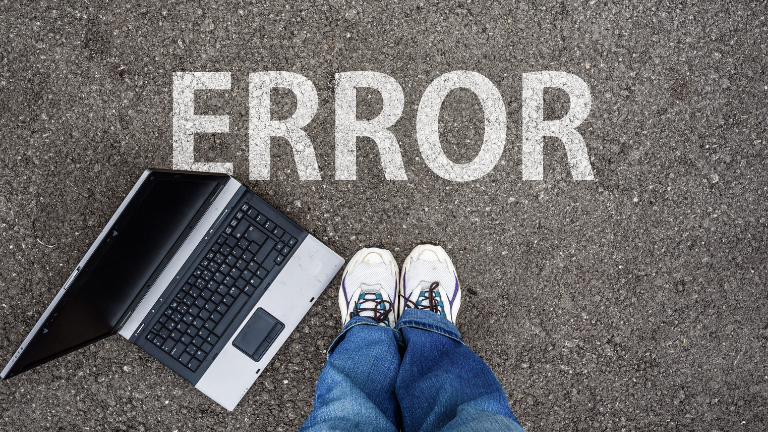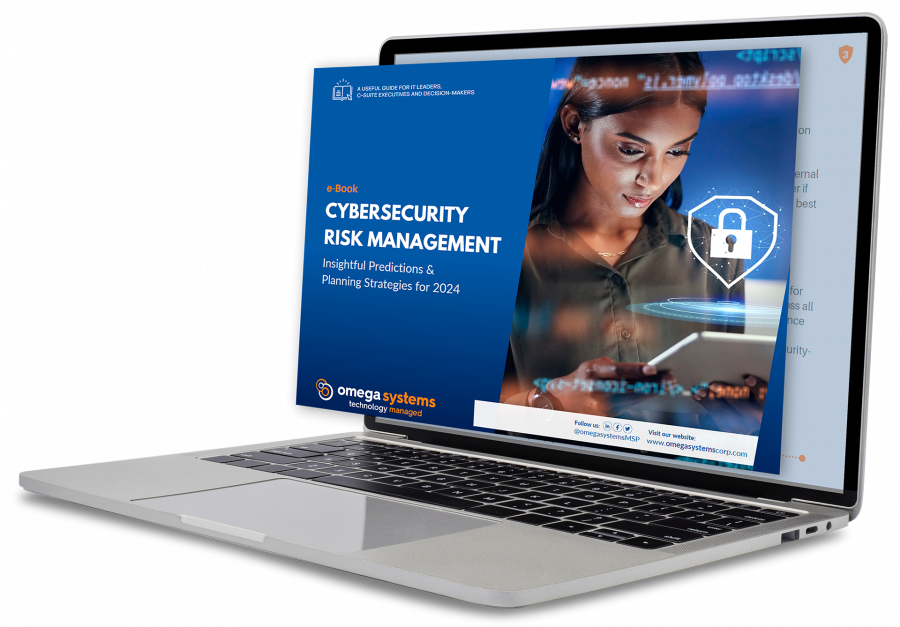
- Amy from Accounting accidentally spilled her coffee on her laptop and corrupted its hard drive.
- Sam of Security overwrote critical files while configuring systems during a recent migration.
- Tired Tom typed client emails under CC instead of BCC, inadvertently exposing their details to one another.
- Meg from Marketing fell victim to a phishing email, gave away her credentials, and compromised your sensitive information.
- Disgruntled Dave wiped out your entire client database to take revenge after getting fired.
- Unsuspecting Ursula was tailgated at the lobby and let a suspicious outsider into your business premises.
The list goes on and on…
According to a recent Stanford University study, 88% of data loss happens due to human error. The study also revealed that the fear of being harshly judged and losing face exacerbate the problem and render employees unwilling to admit to their mistakes. Professor Jeff Hancock, author of the study, went on to conclude that businesses need to “deshame the reporting of mistakes,” to encourage immediate reporting and subsequent remediation.
Human error can potentially undermine the success of even the most sophisticated security strategies. For one, cybercriminals target your employees through "social engineering," hacking your team’s minds and making them your greatest cybersecurity risk. But while data breaches are most often attributed to cyberattacks, your business can also be vulnerable to physical security errors. Confidential information and credentials can fall into the wrong hands if they gain access to your premises. Additional scenarios to the ones above include leaving sensitive documents unattended on printer output trays, your employee’s hesitation to question a stranger following behind them through a door, and improper disposal of confidential paper documents.
Adopt A People-Centric Cybersecurity Strategy

The challenges of Covid-19 drove the vast and sudden shift to remote working and created the perfect storm for criminals to gain access to sensitive data. Most businesses responded by strengthening the perimeters of their network infrastructure and patching system vulnerabilities, overlooking the less manageable aspect—safeguarding against human vulnerabilities, i.e., your employees. To guard against today’s uptick in cyberattacks, however, you need to focus on implementing realistic approaches to cybersecurity—combining technical, process, and people-based controls to curb the human risk.
Here we’ve broken down three (3) of the most effective solutions that we strongly recommend you start implementing within your organization:
1. Encryption
Using an algorithm to convert normal text characters into an unreadable format or a code, encryption keys scramble data so that only those authorized can read it. Data can be encrypted "at rest," when it is stored, or "in transit," while it is being transmitted somewhere else. With encryption services, you can securely transmit data to other parties and reduce the risk of them disseminating that data, knowingly or unknowingly.
TNS’ encryption platforms work by taking the sensitive data out of your emails, for instance, and locking it in a secure web portal. When you send an encrypted email, it’s sent to the cloud, and your recipient gets an email notification that an encrypted email awaits them on the website. They can access it only by authenticating with an approved username and password, or a one-time code, if you prefer.
Encryption works in the same way for your Virtual Private Network (VPN), which extends the security and functionality of your private network to that of your off-site employees. By scrambling data transmitted through VPN, encryption hides your employees' credentials and activities from people trying to gain access to your sensitive data.
2. Mobile Device Management
Trends like Bring Your Own Device (BYOD) and work from anywhere have become the rule, not the exception. Chances are your employees have gotten quite comfortable treating their company-issued devices as their own, thereby introducing even more risks. This is where Mobile Device Management (MDM) solutions come in. MDM optimizes the privacy, safety, and functionality of all mobile devices within your organization. This includes monitoring, managing, and protecting data across online-based applications and platforms. Securing these systems can be tedious and will involve the collaborative efforts of a reputable IT Managed Service Provider (MSP) and everyone in your organization.
- Safe Remote Access. Your organization’s Virtual Private Network (VPN) is a critical component of MDM as it keeps your corporate network secure, especially when reinforced with Multi-Factor Authentication or MFA. As password-related mistakes are a primary human vulnerability, distancing your employees from passwords and leveraging MFA can significantly help reduce these risks.
- Prevention, Detection, and Mitigation. Ensure that your employees only have access to the data and functionality that they need to do their job. This limits the amount of information that will be compromised in the event of a data breach. With TNS’ endpoint protection technology, you can manage secure policies such as encryption, passcodes, and patch management to keep your data protected in case of a human error. Our MDM solutions can remotely lock and wipe all data in case a device is lost or stolen. We will ensure that your data are being backed up in the cloud as well as stored in a data center.
It is not cost effective and nearly impossible to police what sites your team is browsing, so let your MSP do it for you. Find a reputable MSP that offers a comprehensive managed security solution to shield your business from threats and implement best practices and policies. TNS’ Total Guard provides real-time network monitoring and 24/7 IT support while you focus on your core business objectives. Our MDM layer will help you manage permissions to your data by limiting what apps you want your employees to access. It also protects your company from the ongoing threats of malware and data breaches by blocking unsafe websites and materials.
3. Security Awareness Training
Raising awareness is the baseline layer of managed security. Strengthen your employees against cyberattacks and keep them armed and informed by adopting a security-minded culture. TNS advocates this type of culture and we can help your team practice proper cyber hygiene, anticipate potential threats, and understand the security risks associated with their actions (or inactions). Here are some of the best practices we recommend and the ways we can help you achieve them:
- Using posters, emails, and reminders. Put up ads in elevators and in pantries to serve as little reminders to get your employees thinking of security at work every day. TNS will send security infographics through emails and social media platforms on a regular basis.
- Holding in-person and/or virtual classroom training. Gathering your team and educating them on security basics and best practices allow for a fun and engaging learning environment. They can exchange ideas and share real experiences to help them make better decisions.
- Using relevant, digestible, and engaging learning materials and platforms. Take advantage of social media to disseminate information. Use interactive training courses that use video content especially for your younger employees.
- Conducting phishing attack simulations. These simulations test your security policies and practices and increase your employees' awareness as well as decrease their susceptibility to attacks. Simulation, alongside a wider security awareness program, can also bring your workforce together.
- Getting people to talk about cybersecurity. Ensure that topics for discussion are relevant to your employees’ day-to-day work, so they are more likely to engage. This will help them see how they can make individual contributions toward keeping your organization secure.
- Making it easy to report errors and ask questions. It's likely your employees have hesitated to reach out when they are unsure of the security implications of their actions. But, as the Stanford study mentioned above has recommended, we strongly support immediate reporting of any mishap by making the process blame free and friction less. We'll make it easy for them to get friendly help 24/7, 365. We will attend to any and all questions and recognize your employees who bring up good ones.
Turn Your Weakness into Strength

To sum it up, mitigating human error is a two-fold enterprise: reducing opportunity for error (through encryption and MDM) and raising awareness. The less opportunities there are for error, the less your employees will be tested for their knowledge; and the more knowledge your employees have, the less likely they are to commit an error even when an opportunity presents itself.
Ultimately, businesses cannot expect cybersecurity to be an easy fix. That’s where the expertise of a reputable IT Managed Service Provider or MSP comes in handy. At TNS, we’ve made combining software-based security with continuous employee education and vigilance our forte so you can free up your resources for your more important business ventures. We’re here to turn your weakest link, i.e., your employees, into your strongest allies against cyberattacks. Contact The TNS Group today for a free consultation.
Categories: Managed Service Provider, MSP Blogs, Solution Blogs




